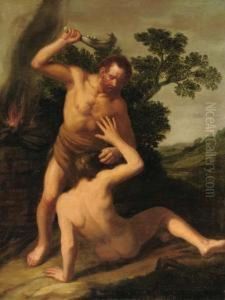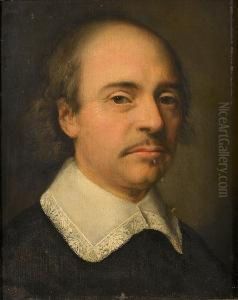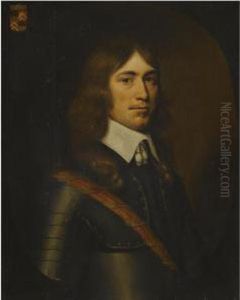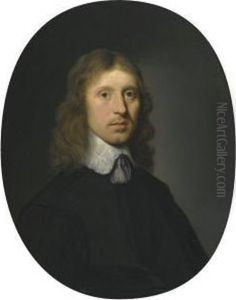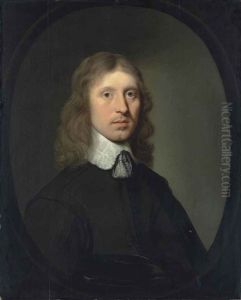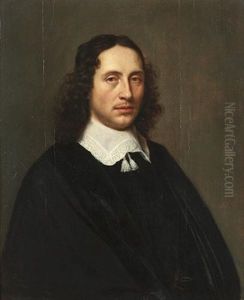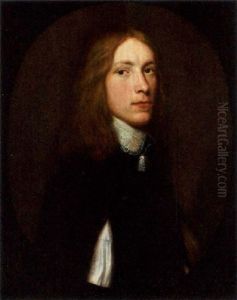Jacobus Van Der Gracht Paintings
Jacobus van der Gracht was a Dutch artist and engraver known for his work during the 17th century. Born in 1590 in Antwerp, which was then part of the Spanish Netherlands, van der Gracht's career unfolded during the Dutch Golden Age, a period of great wealth and cultural achievement for the Dutch Republic.
Van der Gracht's early life and training are not well-documented, which is common for many artists of the period. However, it is known that he developed his skills in the arts within a society that highly valued painting, printmaking, and other visual arts. Much of his work consisted of engravings, a popular medium at the time due to its ability to be reproduced and shared widely.
Throughout his career, van der Gracht produced engravings that depicted a variety of subjects, including landscapes, portraits, and religious scenes. His style was characterized by precise line work and attention to detail, which was typical of the engraving medium. He was able to capture the texture and light of his subjects, contributing to the realism for which Dutch art of this period is known.
Van der Gracht's contributions to art were part of a larger movement within the Dutch Republic, where printmaking and engraving were not only art forms but also methods of communication and documentation. Engravings were used to illustrate books, pamphlets, and broadsheets, which were distributed throughout Europe, helping to spread the fame of Dutch artists beyond their borders.
Jacobus van der Gracht died in 1664. Although he may not be as widely recognized as some of his contemporaries, his work remains a testament to the skill and craftsmanship of engravers in the Dutch Golden Age. His engravings continue to be studied and appreciated for their technical proficiency and their place in the history of European art.
